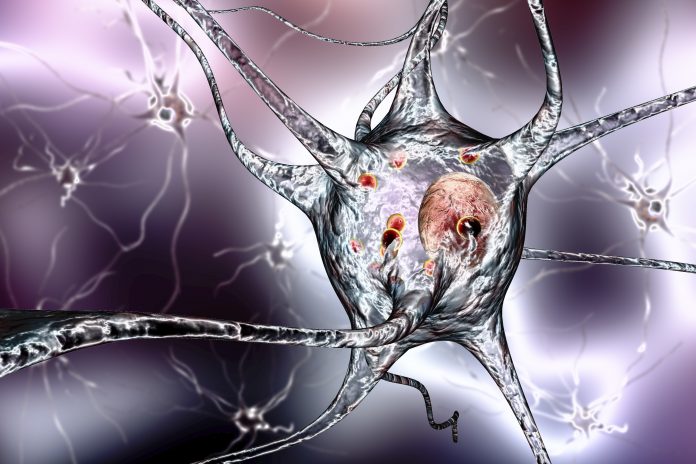
Studies of transcribed enhancers have revealed possible origins of neuropsychiatric disease, according to work by a team of researchers who examined population-level variation in gene and enhancer expression in the human brain.
“Overall, our study characterizes the enhancer-gene regulome and genetic mechanisms in the human cortex in both healthy and diseased states. Our results underscore the importance of enhancer elements in the etiology of neuropsychiatric disease,” says corresponding author Panos Roussos, MD, MS, PhD, Director of Center for Disease Neurogenomics, Icahn School of Medicine at Mount Sinai.
Enhancers are DNA sequences that regulate gene expression and are themselves broadly expressed. By jointly analyzing population-level variation in gene and enhancer expression in the human brain, the team characterized the enhancer-gene regulome and the regulatory mechanisms of transcribed enhancers in neuropsychiatric disease.
Active enhancers are widely transcribed, and enhancer expression levels represent an essential signature of enhancer activation. Just like genes. For this study, the research team generated comprehensive multi-omics references for neuronal and non-neuronal cells and developed a machine learning framework that accurately cataloged 30,795 neuronal and 23,265 non-neuronal transcribed enhancers.
The researchers then examined population-level variation in enhancer expression by analyzing 1382 RNA-sequence libraries from 774 schizophrenia (SCZ) and control postmortem brains to characterize the regulome and molecular mechanism of transcribed enhancers in neuropsychiatric disease.
They found transcribed enhancers and enhancer-linked genes are strongly associated with neuropsychiatric disease and transcribed enhancers mediate neuropsychiatric trait heritability in a complementary way to gene expression.
Further, they performed transcriptome-wide association analysis (TWAS) of joint gene-enhancer eQTL, which facilitated the functional characterization of schizophrenia risk loci, which are the DNA alleles that can increase the probability of developing schizophrenia.
However, the majority of such loci are outside the gene coding region and enriched with enhancer elements. So the team focused on enhancer quantitative trait loci (QTL) analysis, a statistical method that links two types of information—molecular phenotypic data (gene and enhancer expression) and genotypic data—to characterize the genetic basis of schizophrenia loci.
Most common neuropsychiatric disease-associated variants lie in the non-coding genome, where brain-associated enhancers are over-represented both for risk alleles and the heritability of neuropsychiatric traits.
This team examined the enhancer function by analyzing the population-scale enhancer expression by total-RNA seq. They found >40,000 enhancers that are robustly expressed in two independent cohorts. They say their approach also allows for the direct comparison between genes and enhancers, and the cis-coordination is validated by in vitro CRISPR inference.
The transcribed enhancers are strongly associated with neuropsychiatric diseases and mediate neuropsychiatric trait heritability in a complementary manner to gene expression. We successfully identified 5,793 enhancer expression quantitative trait loci (eQTL), the majority of which are novel. We found the inclusion of enhancer eQTL in transcriptome-wide association studies enhanced functional interpretation of disease loci.
Says Roussos, “The framework described in this study provides an inexpensive and high-resolution approach to exploring active enhancer function in most human tissue and cell types. In future studies, integrating our enhanced expression framework with cell-type-, spatial-, and temporal-specific human brain multi-omic data will promise additional insights into the molecular mechanisms of neuropsychiatric diseases.”













